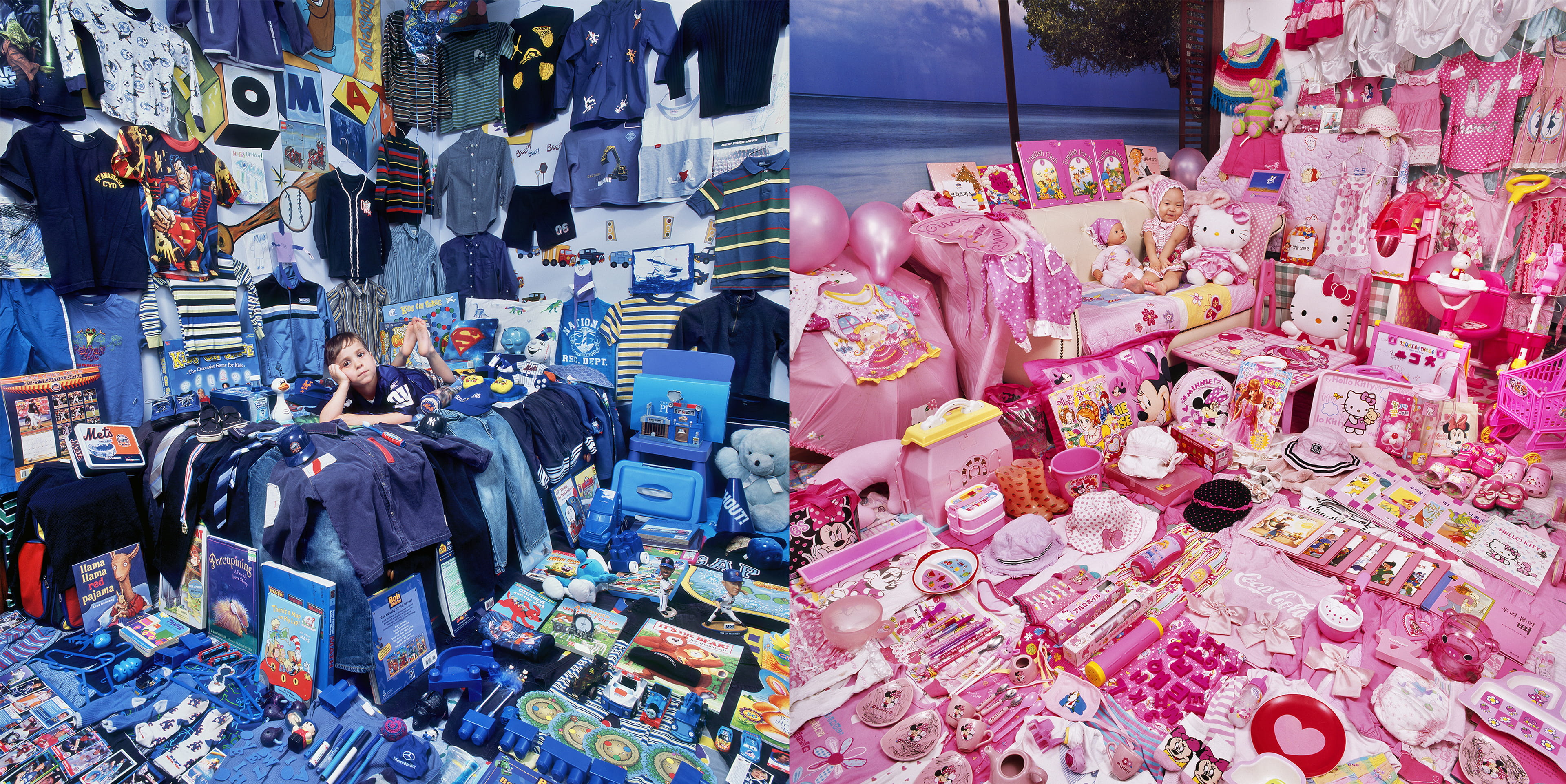


The best of The Correspondent
 2019 was a year of global unrest. Here’s what protestors want you to know
As uprisings became more interconnected than ever before, we hosted a conversation with protestors from over a dozen countries. We bring you 10 of their key insights.
2019 was a year of global unrest. Here’s what protestors want you to know
As uprisings became more interconnected than ever before, we hosted a conversation with protestors from over a dozen countries. We bring you 10 of their key insights.
 From boys to feminists: raising a gender-free child
Wanting to raise a feminist son has forced me to confront some of my own uncomfortable biases. But a world without gender benefits boys just as much as girls.
From boys to feminists: raising a gender-free child
Wanting to raise a feminist son has forced me to confront some of my own uncomfortable biases. But a world without gender benefits boys just as much as girls.
 The small wonderful ways AI is changing our lives for the better
When it comes to artificial intelligence, there’s been more hype than substance. So I asked the experts for reasons to be hopeful. Here’s some of what 230 people had to say.
The small wonderful ways AI is changing our lives for the better
When it comes to artificial intelligence, there’s been more hype than substance. So I asked the experts for reasons to be hopeful. Here’s some of what 230 people had to say.


